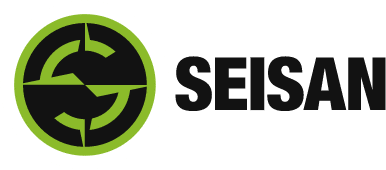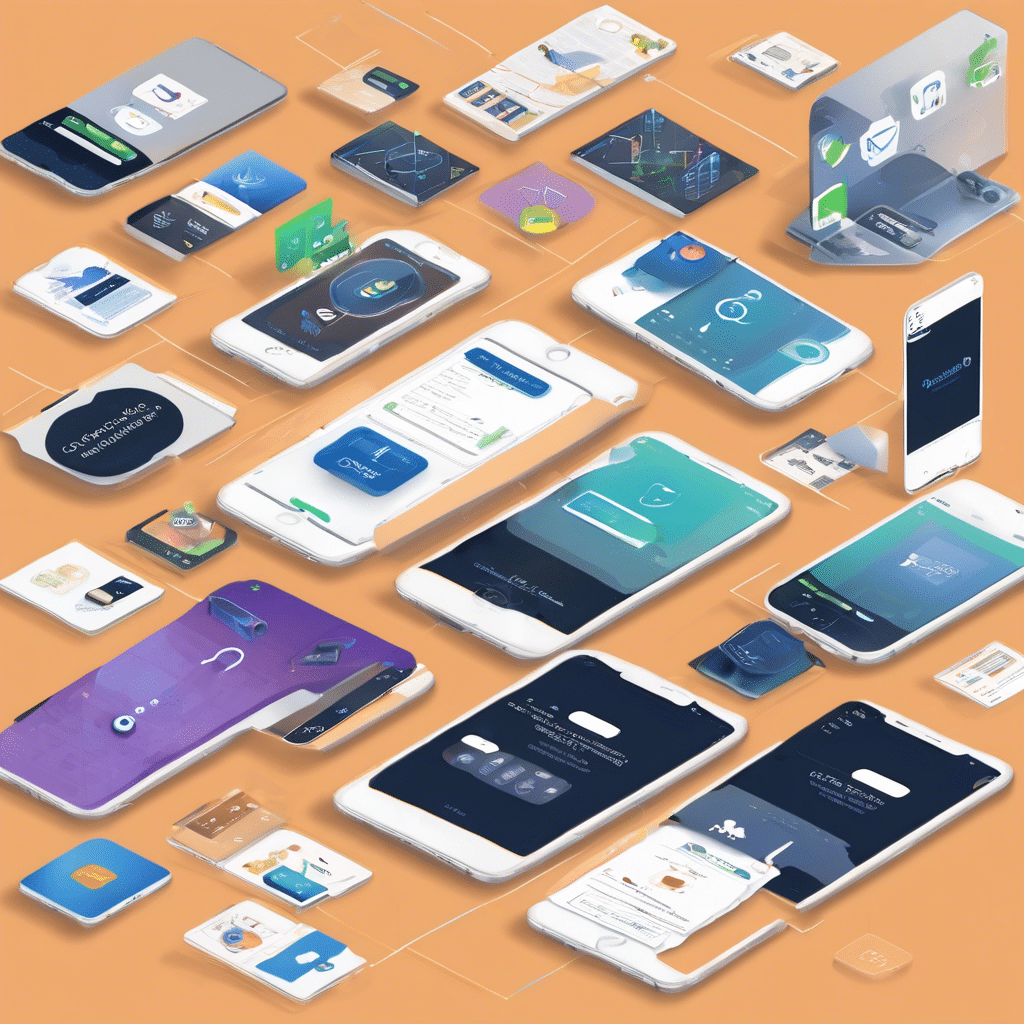The user interface (UI) collects screens, pages, and visual elements—such as buttons and icons—that allow a person to engage with a product or service, and in most cases, smoothly.
The internal experience that a person experiences when they engage with every element of a company’s products and services, on the other hand, is referred to as user experience (UX).
It is typical for people to use these terms interchangeably or improperly. If you’ve ever wondered, “What is UI, what is UX, and how do they differ?” In today’s article, we’ll delve a little further into UI and UX to better grasp the distinctions between the two. Keep reading!
1. Research Process
A beneficial product satisfies a market demand that is not currently being addressed. A UX designer’s research method entails doing a competitive analysis, creating personas, and then creating a minimum viable product, or more aptly, a minimum valuable product, a product that will be valuable to your chosen consumer niche. This is confirmed by testing throughout the product’s life cycle.
Once the UX designer is done prototyping and validating the flows and wireframes, it is up to the UI designer to make them visually appealing. This involves selecting a color scheme and typography that is both appealing and easy to use.
Color, font, and interaction choices, on the other hand, are not based on the designer’s preferences but explicitly defined reasons unique to the personas established by the UX designers. With this, UI designers create a visual hierarchy that will guide users, informing them of what to do and when to do it to achieve their goals.
2. Tools
The tools that UI and UX designers utilize are very different. The essential component for a UI designer is to create visuals. That is why they use technologies like Sketch, Flinto, Principle, and InVision.
On the other hand, UX designers prioritize wireframes over pictures since wireframes can be more effective in demonstrating functionality. As a result, UX designers employ wireframe tools such as Balsamiq, Axure, Figma, or Proto.
3. End-Products
As it pertains to the design and interfaces with the product, UI design includes an artistic component. It has an impact on what the end-user sees, hears, and feels. UX has a more significant social component for market research and engaging with clients to understand their needs.
4. Broadness
User experience design is a vast discipline that is growing in popularity. Firms with a web presence and many others that produce products or provide services recognize the need to know their consumers and confirm hypotheses before building.
User interface design, well, it’s just for user interfaces. This does not imply that it is confined to the desktop, tablet, and mobile device graphical user interfaces. Interfaces are also appearing on various items these days, including watches, washing machines, automobile dashboards, vending machines, ticket kiosks, and many others.
Conclusion
UI and UX design need quite distinct skill sets, yet they are both essential to the success of the other. A beautiful design can’t salvage an interface that’s clumsy and difficult to use. A wonderful, perfectly-suited user experience may be ruined by a terrible visual interface design that makes using the app a hassle.
Seisan Consulting, LLC is a cutting-edge IT consulting, UI, and UX design company in Lancaster, PA. We take care of the overall design of a customer’s experience by maximizing the interface features on different devices, including desktop, mobile, and tablets. Contact us today so we can discuss your next project!




